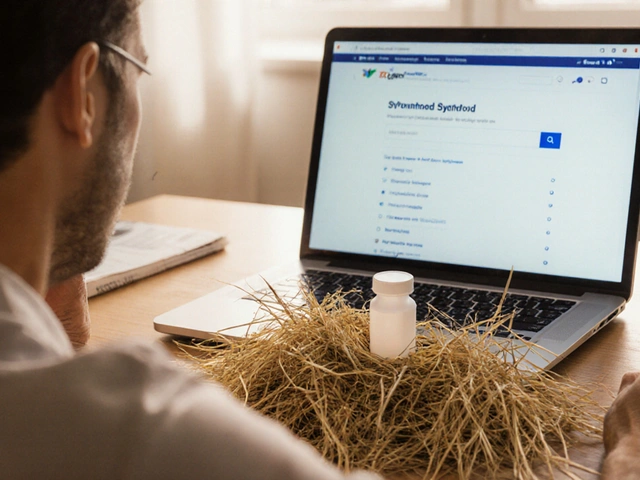Sustainable Incontinence Products: Comfort Meets Eco‑Friendliness
Living with incontinence doesn’t have to mean adding more waste to the planet. Today there are many products that absorb just as well as traditional pads but break down faster or can be used over and over. In this guide we’ll cover why these options matter, what to look for, and how to make the switch without losing protection.
Why Choose Sustainable Options?
Most disposable pads and liners are made from plastic‑filled pulp that sits in landfills for decades. A single adult‑size pad can contain up to 30% plastic. When you choose a biodegradable or reusable product you cut that waste dramatically. It also means fewer chemicals end up in the environment, which is better for water quality and wildlife.
Many sustainable products use plant‑based fibers like bamboo, organic cotton, or wood pulp that break down in a few months. Others are designed for multiple uses – you wash them like regular laundry and they keep their absorbency after many cycles. Either way, you get a lower carbon footprint and often a softer, more breathable feel on the skin.
Top Features to Look For
Absorbency. The product must hold the amount of fluid you need. Check the brand’s rating for light, moderate, or heavy flow. Reusable pads often list grams of absorption – aim for a level that matches your daily needs.
Leak protection. Look for a barrier layer that stops liquid from escaping. Many eco pads have a waterproof backing made from compostable material or a thin reusable plastic film that stays inside the pad.
Comfort. Soft, breathable tops reduce skin irritation. Organic cotton or bamboo feels gentle and helps keep the area dry.
Easy care. If you pick a reusable option, make sure it’s machine‑washable and quick‑dry. Some brands recommend a specific wash temperature to keep the absorbent core intact.
Certifications. Look for labels like “USDA Organic,” “OEKO‑Tex,” or “BPI certified compostable.” These tell you the product meets recognized environmental standards.
When you compare products, write down the absorbency level, material, and care instructions. That simple table helps you see which product fits your lifestyle best.
Switching to sustainable incontinence care is easier than you think. Start with a trial pack of a reusable pad set or a small batch of biodegradable liners. Use them for a week and see how they feel. If they work, you can gradually replace your current stock.
Remember, the goal is to stay dry and comfortable while reducing waste. With a few smart choices you can protect both your health and the planet.



